Discover the Beauty of Sicily in June
0 Comments/in Blog/by Dominique RizzoFive reasons why June is the best month to Visit Sicily

“Are you looking for a vacation destination that combines stunning beaches, delicious food, rich culture, and beautiful weather?” Look no further than Sicily in June! The island of Sicily, located in the Mediterranean Sea, is a treasure trove of history, art, and natural beauty. June is the perfect month to visit as the weather is warm and sunny, the crowds are smaller, and the island is bursting with vibrant colours and flavours. From the ancient ruins of Agrigento to the crystal-clear waters of the Aeolian Islands, there is something for everyone in Sicily. So, pack your bags and get ready for an unforgettable June vacation in the heart of the Mediterranean!
Here are 5 reasons why June is the best month to experience all that Sicily has to offer:


The weather is perfect for outdoor activities:
With temperatures averaging between 25-30°C, June is the perfect time to take advantage of the warm weather and explore this breathtaking island . Whether you’re looking to hike through the island’s natural beauty, visit the many historical sites, swim in its crystal-clear waters, or lounge on its beaches, June is the ideal time to experience the beauty and diversity of Sicily.

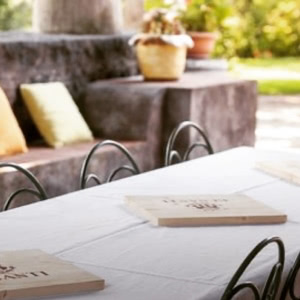
Enjoy longer days
June is the start of the summer solstice, which means the days are at their longest. You’ll have more time to explore the island’s many sights and attractions. From the ancient ruins at the Valley of the Temples in Agrigento, to the sandy beaches of Cefalu, or the stunning baroque architecture of Noto and Modica, there is something for everyone.

Festivals and events:
June is a month packed with festivals and events celebrating Sicily’s rich cultural heritage. To name a few, there is the famous “Infiorata” flower festival in Noto, or the “Fiera di San Giovanni” market in Trapani featuring a colourful parade of floats and fireworks, or the vibrant markets in the capital Palermo. These are just some of the opportunities available to experience traditional Sicilian life and culture.


Low crowds:
As June is considered the shoulder season, there are fewer crowds in Sicily compared to July and August. This means you can explore the island’s many historical and cultural sites at a more leisurely pace. It’s the ideal time to visit Sicily’s famed active volcano Mt Etna, which is a popular destination with travellers during peak times.
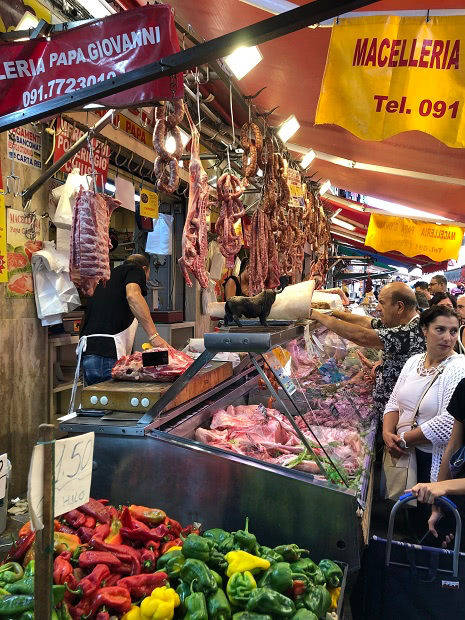
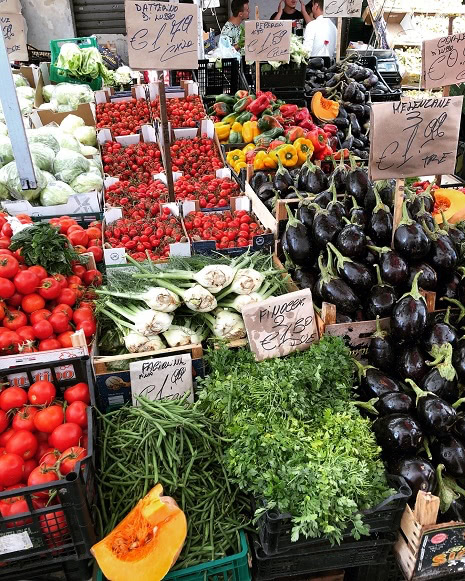
Local Cuisine:
No list is complete without mentioning the culinary delights on offer!
The favourable weather conditions mean June is peak season for local produce. There is an abundance of the tastiest seasonal fruits and vegetables, and of course locally caught seafood. Enjoy Sicily’s traditional dishes such as arancini or caponata, made with the freshest ingredients or sample mouth-watering seafood, there is no doubt that Sicily’s food will be the highlight of your visit.
Whether you are fascinated by Sicily’s rich and varied history, are wanting a gastronomic experience like no other, or simply looking for a relaxing beach vacation, June is the ideal time to experience the beauty and culture of Sicily. Don’t miss out on this amazing destination – plan your trip now and discover for yourself why June is the best month to visit this Mediterranean paradise.
Why not join me on my Savouring Sicily – A Tour for the Senses Travelling in June. For more information and to view the itinerary visit https://dominiquerizzo.com/sicily-food-tour/


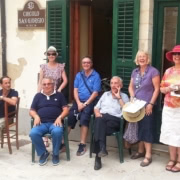



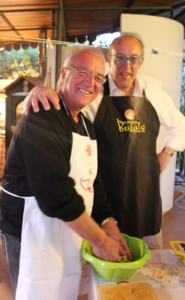





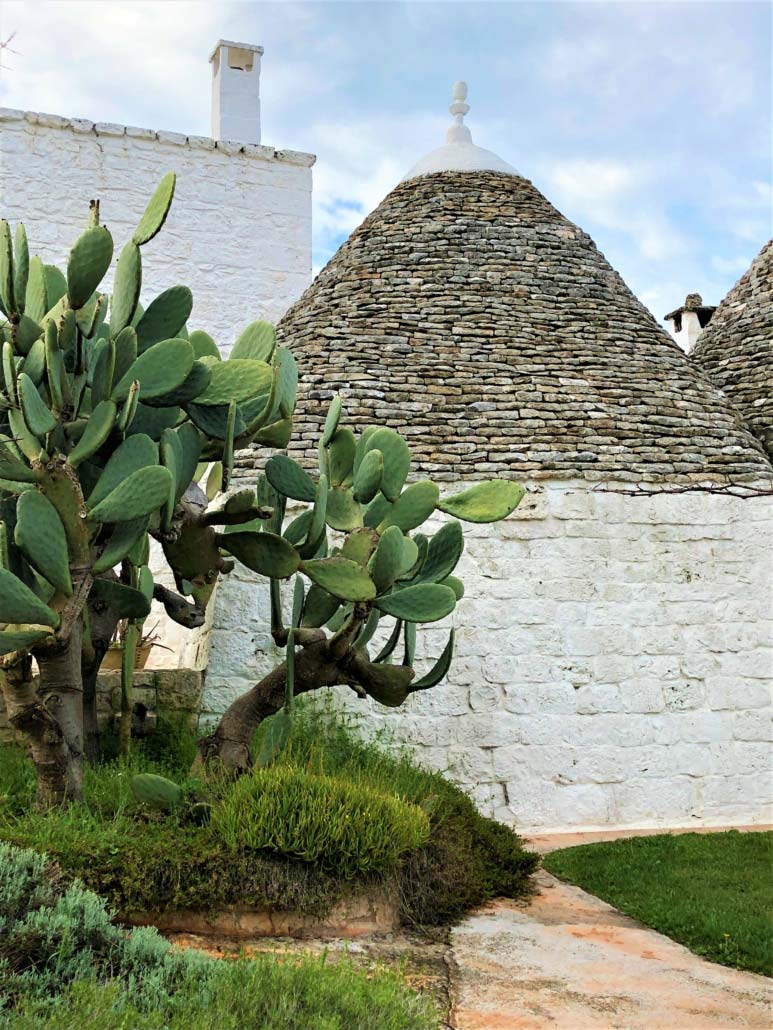


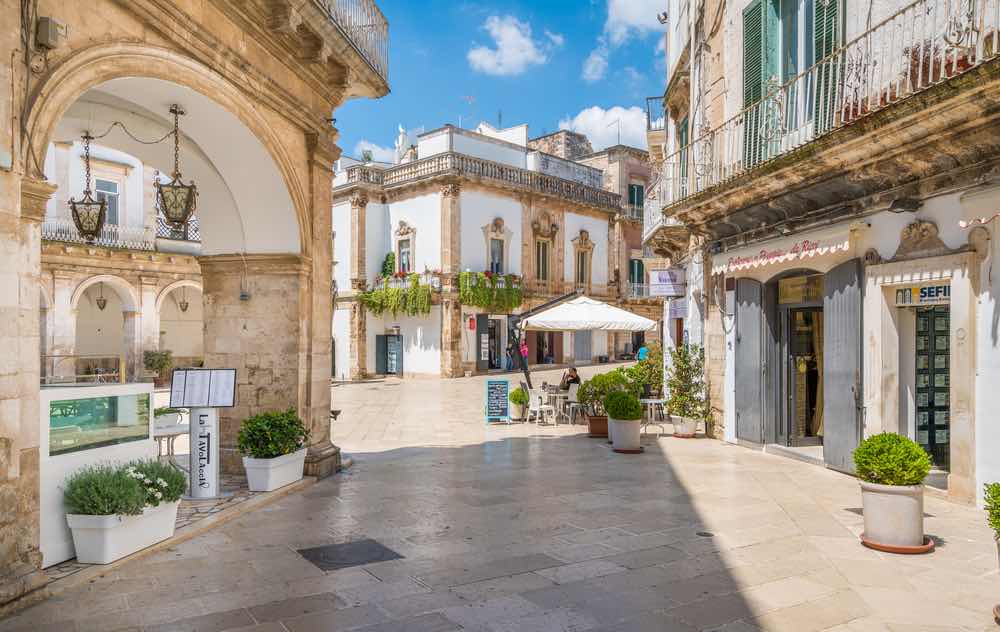

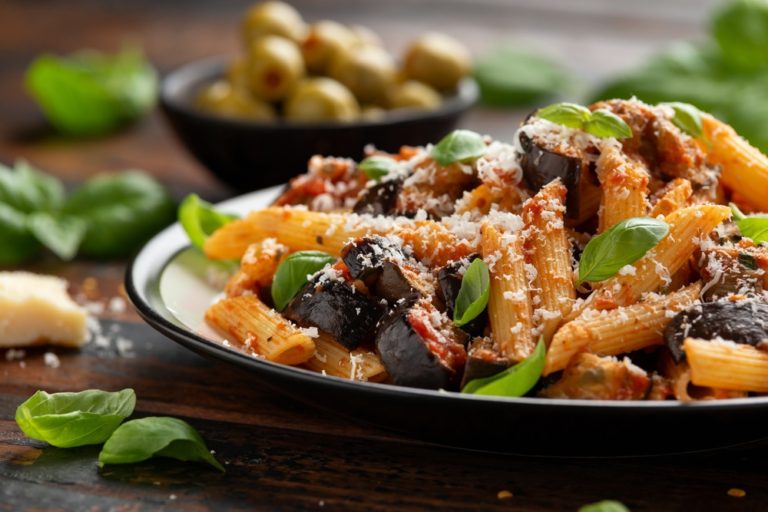
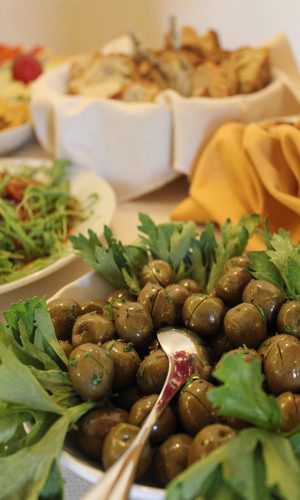
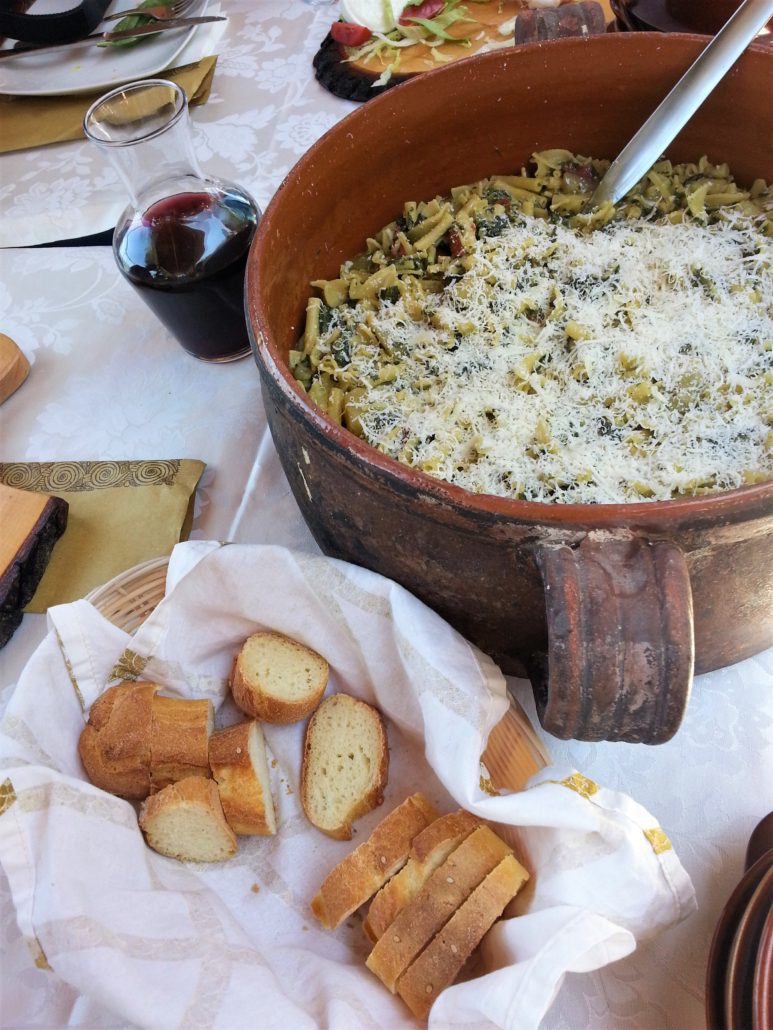






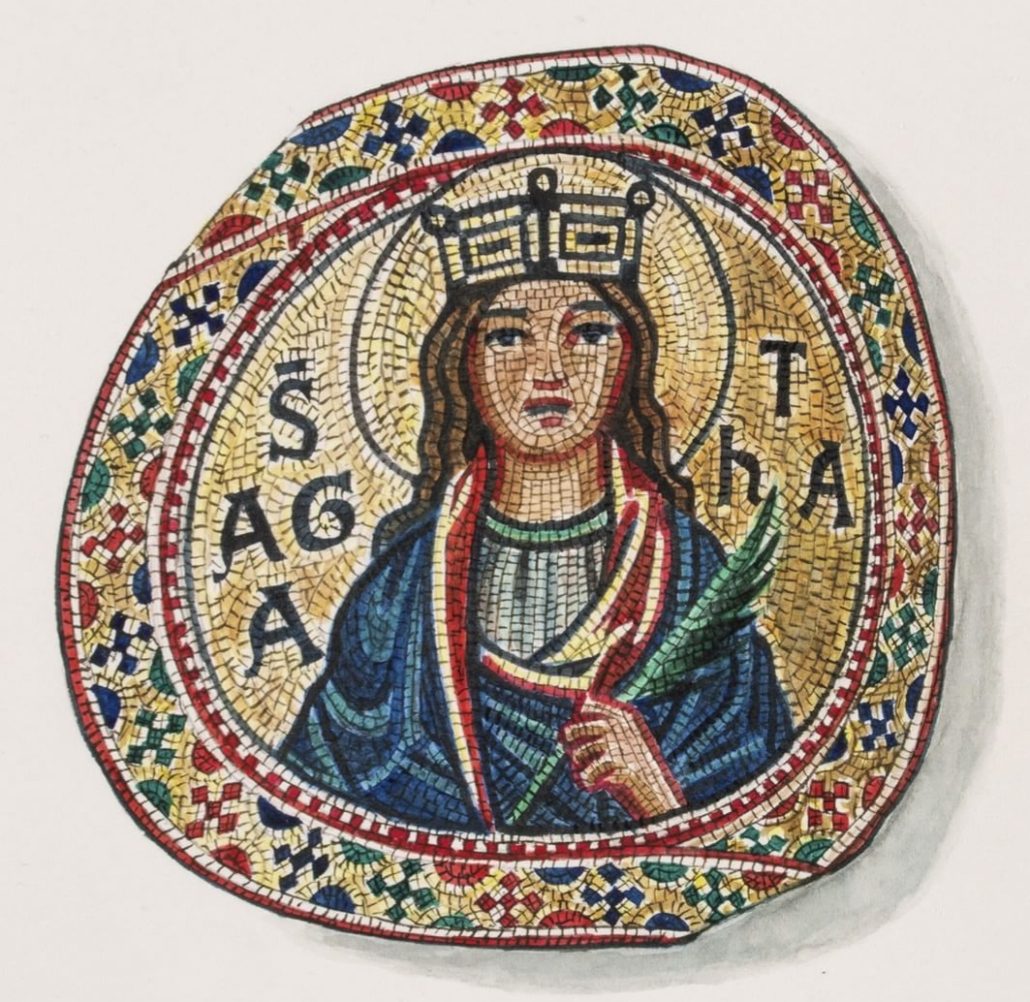
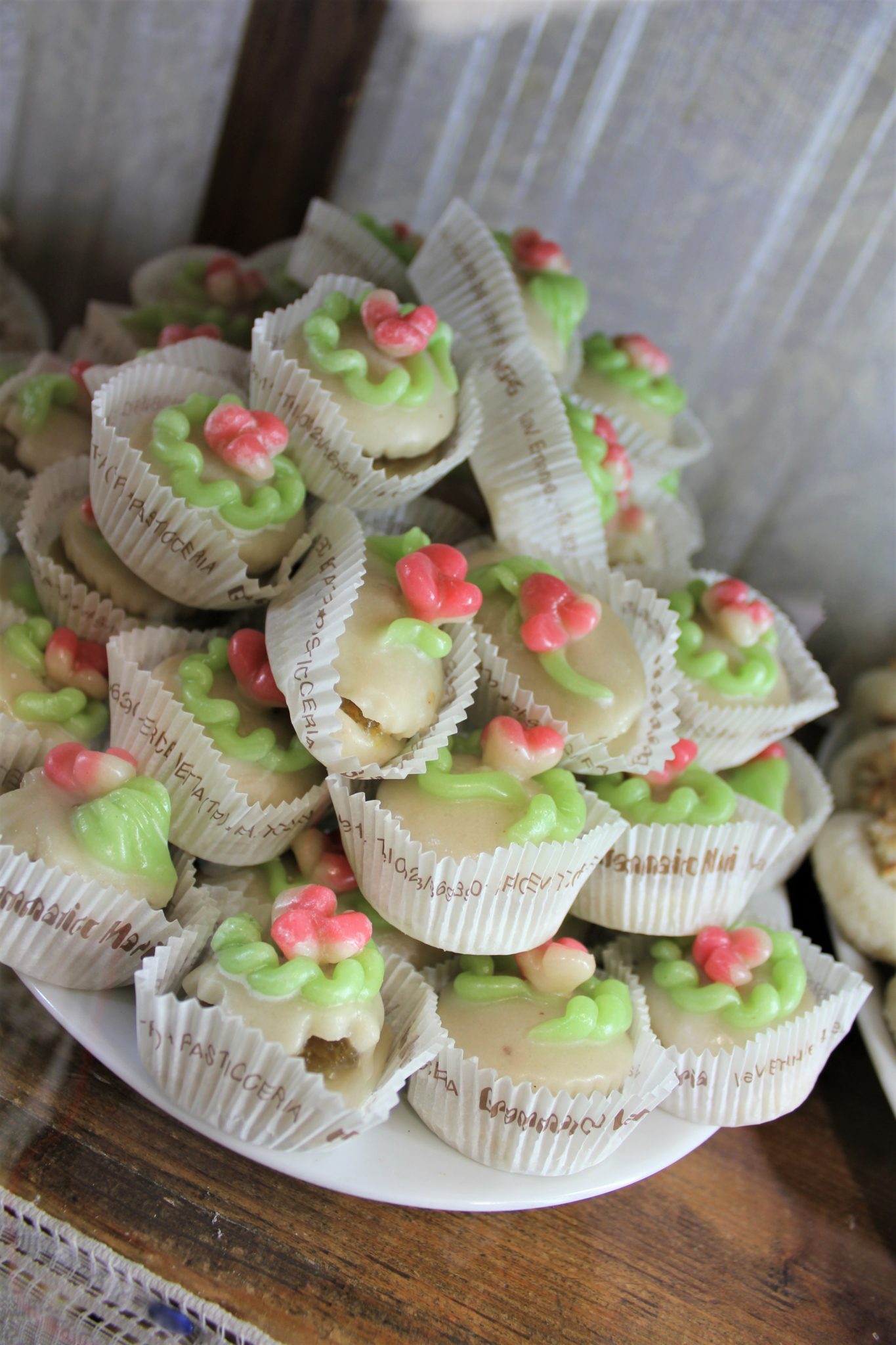
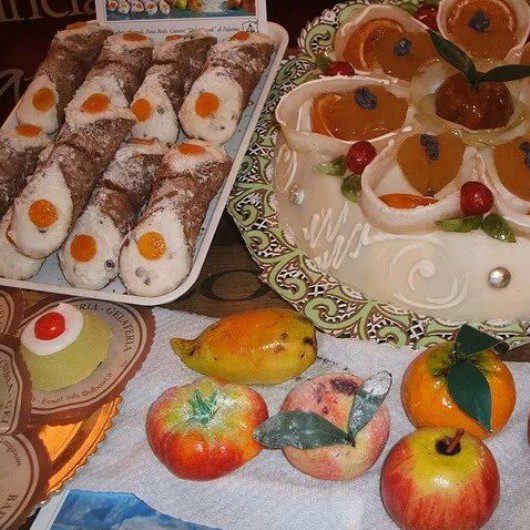


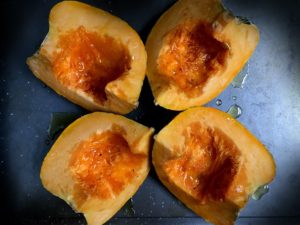
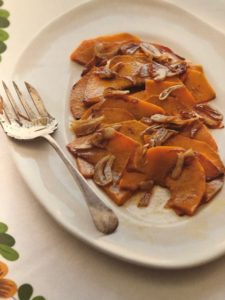
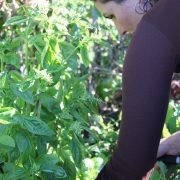


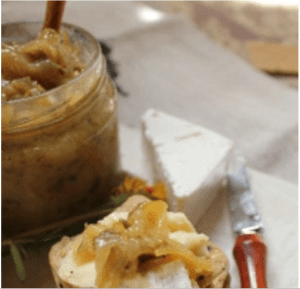
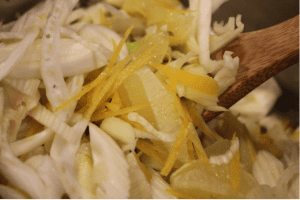


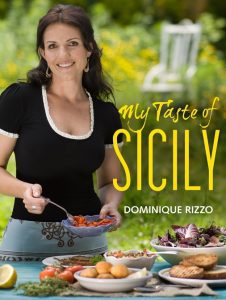



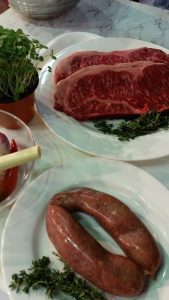
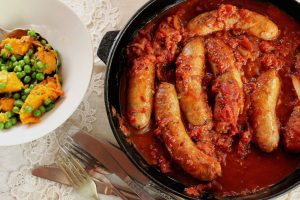

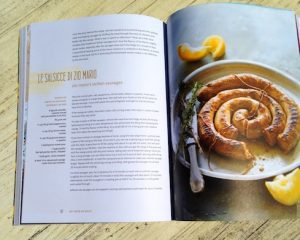
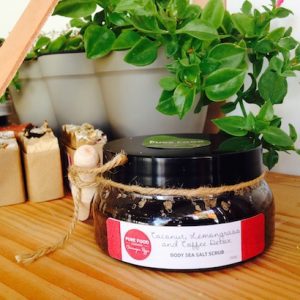
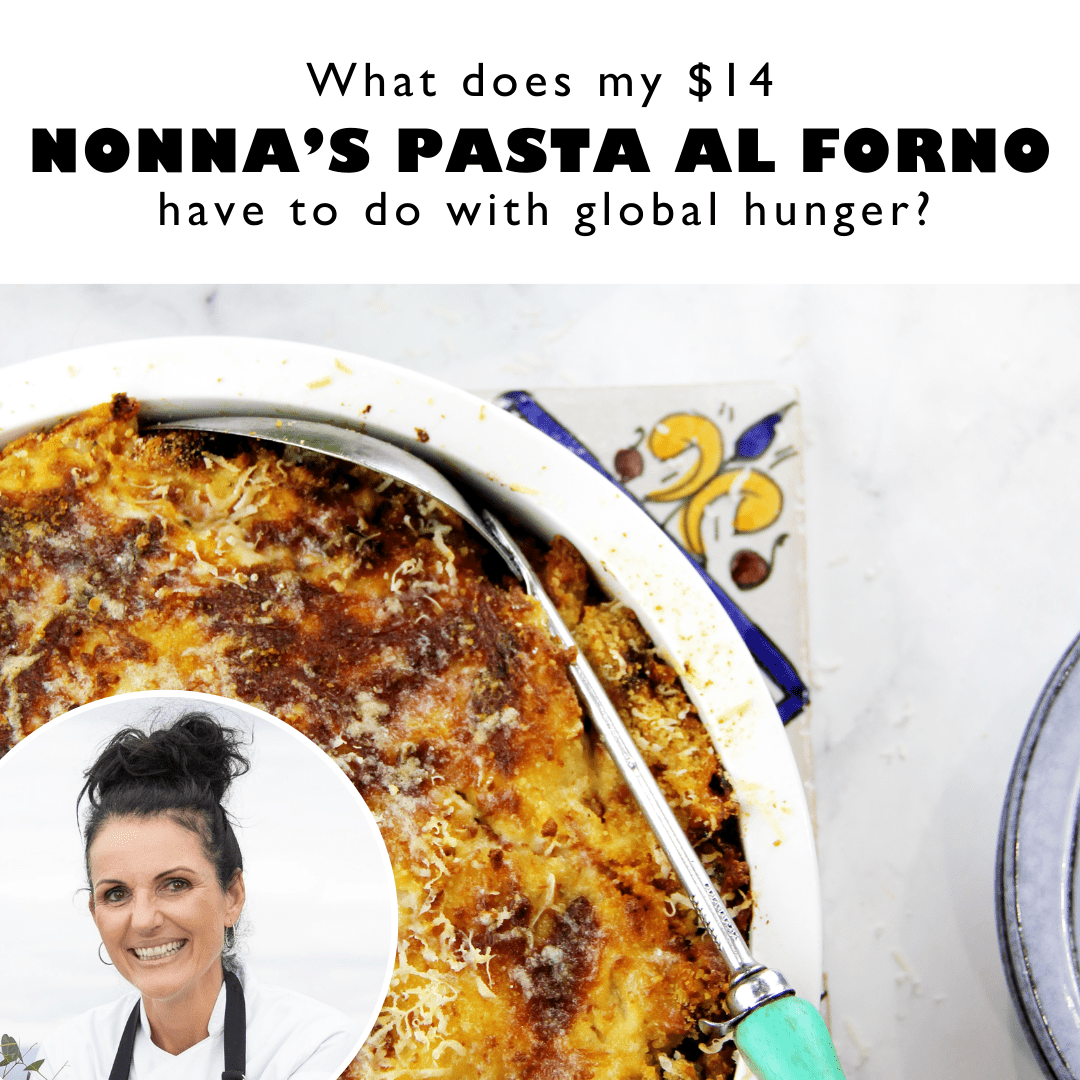
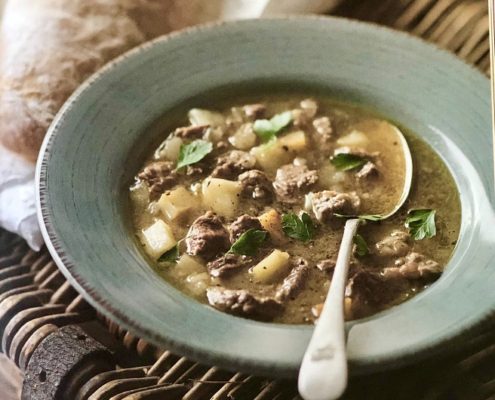 Penguin
Penguin